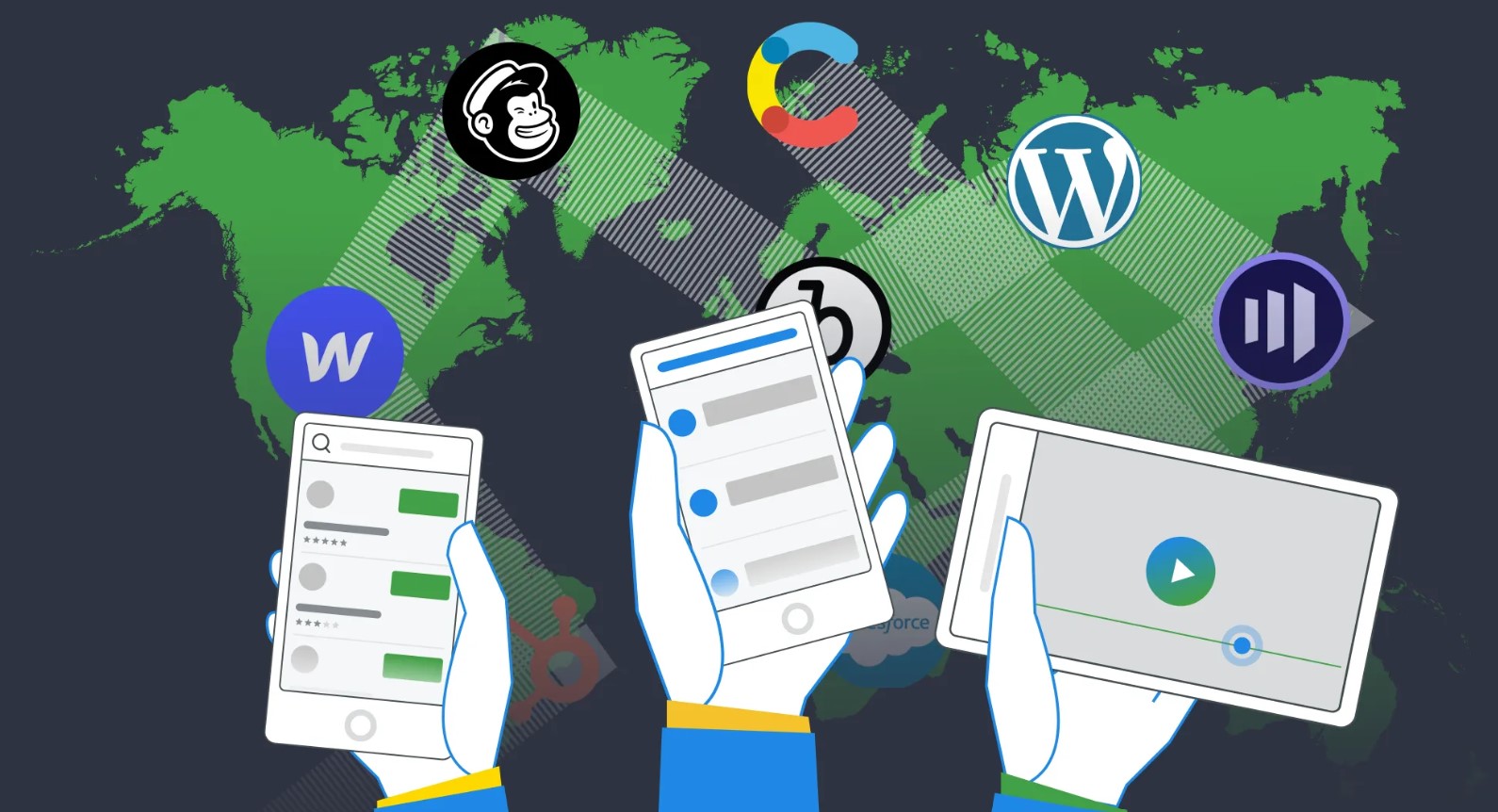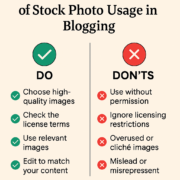Optimizing Multilingual Content: The Key to Dominating Digital Marketing
Businesses are no longer bound to their local markets in the current international digital landscape. The internet has broken down geographical constraints, transforming the world into a global marketplace. Companies must have a solid online presence and cater to diverse linguistic consumers to compete in this arena. It is where optimizing multilingual content comes into play, providing the secret to digital marketing dominance.
Today, we will discuss how they discussed localization marketing content to better connect with your customers.
The Multilingual Imperative:
In the quest to expand their reach and customer base, companies increasingly realize the importance of multilingual content. Here’s why it’s imperative:
- Broadening the Audience: By providing content in multiple languages, you instantly open the doors to a broader and more diverse audience. This is especially crucial in markets where various languages are spoken.
- Cultural Relevance: Tailoring your content to the language and culture of your target audience demonstrates respect and fosters a deeper connection. It shows that you understand their needs and preferences.
- Global SEO: Search engines like Google favor websites with multilingual content. Optimizing for multiple languages can significantly boost your website’s search engine rankings, ultimately driving more organic traffic.
The Role of Localization in Multilingual Success
While translating content is essential in multilingual content optimization, it’s only the beginning. The true magic happens when you delve into the world of localizing content. It goes beyond language translation and involves adapting your content to your target audience’s unique cultural and regional nuances.
Why Opt for Localization Providers?
Localization is a complex undertaking that goes beyond mere translation. It involves deeply understanding your target audience’s cultural nuances, preferences, and sensitivities. Here’s why getting the service of agencies specialized in localizing content is essential for your multilingual needs:
- Cultural Expertise: multilingual experts have a team of experts who are fluent in the language and intimately familiar with the culture. They can adapt your content to make it culturally relevant and relatable.
- Accurate Translations: While machine translation tools have come a long way, they are far from perfect. Professional providers ensure accurate and contextually appropriate translations, avoiding embarrassing or costly mistakes.
- Time Efficiency: Multilingual providers work efficiently, allowing you to focus on your core business activities. They have the resources and expertise to deliver high-quality localized content promptly.
- Consistency: Consistency across all your localized content is crucial for brand integrity. These firms maintain a consistent tone, style, and messaging across different languages and regions.
- Compliance and Legalities: In some regions, there may be legal requirements regarding content, such as disclaimers or privacy policies. Multilingual experts can ensure that your content complies with local regulations.
- Quality Assurance: These professional companies have robust quality assurance processes in place. They conduct thorough reviews and testing to guarantee that your content functions seamlessly in different languages and regions.
- Cost Savings: While it may seem like an added expense, working with these providers can often save you money in the long run. They prevent costly mistakes, ensure your content is effective, and improve your return on investment.
Localization ensures that your information doesn’t come off as impersonal or outdated. Your multilingual content’s secret ingredient elevates it from average to spectacular. Therefore, remember that it’s not just about what you say when optimizing your content for multilingual success; it’s also about how you say it in the context of each distinct culture you’re targeting.
And if you’re wondering where to find reputable localization providers, you’ll discover a wealth of options on review sites like G2, GoodFirms, Trustpilot, and many more. These platforms offer valuable insights into other businesses’ experiences that have embarked on their multilingual content optimization journey. One of the these providers we were fortunate to interview was Ofer Tirosh, the founder and CEO of Tomedes, a company specializing in localization services for international businesses. Ofer stated that localizing content can help you build your brand in another market and create a connection with your target audience.
“Optimizing multilingual content is the key to dominating digital marketing. Creating and translating high-quality content in multiple languages allows you to reach a global audience and increase your brand awareness, traffic, and sales,” Ofer explained.
This insight is timely since the globe is becoming increasingly interconnected, and many people are using the internet to find information and purchase goods and services. You may tap into this burgeoning market and reach a larger audience by optimizing your content for several languages.
Keyword Research for Multilingual Optimization
Now that we understand the significance of optimizing multilingual content and localizing content, let’s delve into the world of keywords. Proper keyword research is the backbone of any successful SEO strategy, and it’s no different for multilingual content.
Long-Tail Keywords: Unlocking Multilingual Potential
When targeting multilingual audiences, it’s crucial to identify long-tail keywords specific to each language. These are the phrases that users are more likely to type into search engines when seeking information or products. For instance, instead of just “digital marketing,” you might use “digital marketing strategies for Spanish-speaking audiences.”
Variations Matter
Language nuances and regional preferences can affect keyword usage. For example, the same product may be referred to differently in Spanish, Mexican Spanish, and Argentinian Spanish. Recognizing these variations is critical to optimizing your content effectively.
Tools for Multilingual Keyword Research
Several tools can assist you in your multilingual keyword research, including:
- Google Keyword Planner: Offers insights into keyword trends and search volumes across different languages and regions.
- SEMrush: Allows you to perform keyword research in multiple languages and provides competitive analysis for each.
- Ahrefs: Offers insights into global search volumes, clicks, and local keyword rankings.
Strategies for Multilingual Content Optimization
Now that we’ve covered the importance of keyword research in optimizing multilingual content and it’s role let’s explore some strategies to implement these keywords effectively.
1. Language Selection
Before diving into content creation, identify the languages your target audience speaks. Prioritize them based on market potential and customer demographics.
2. Quality Translation
More than simply simply translating content from one language to another won’t cut it. Invest in professional translation services to ensure accuracy and cultural relevance. The goal is not just linguistic fluency but also cultural fluency.
3. Localized SEO
Optimize each version of your website or content for local search engines and user behavior. It includes using the right keywords, meta descriptions, and alt tags in the target language.
4. Content Localization
Beyond translation, adapt your content to each target audience’s cultural norms and preferences. It may involve adjusting images, graphics, and even the tone of your messaging.
5. Multilingual SEO
Implement hreflang tags to signal to search engines which language and regional content you provide. It helps search engines serve the correct version to users in different regions.
Dominating Digital Marketing with Multilingual Content
As businesses expand globally, optimizing multilingual content has become an indispensable part of digital marketing. It’s not just about reaching a wider audience; it’s about connecting with them more profoundly and gaining their trust. To summarize, here’s how you can dominate digital marketing with multilingual content:
- Broaden your audience by providing content in multiple languages.
- Respect and connect with diverse cultures through tailored content.
- Boost your SEO rankings with multilingual optimization.
- Conduct thorough keyword research for each language.
- Prioritize quality translation and localizing content.
- Implement localized SEO and multilingual SEO strategies.
Embracing multilingual content optimization isn’t just a choice; it’s necessary for businesses aiming to thrive in the digital age. It’s the key to reaching and dominating global markets, one language at a time. With the guidance of reputable localization providers, you can embark on this journey with confidence and precision, knowing that your content will speak to the hearts and minds of your international audience.




